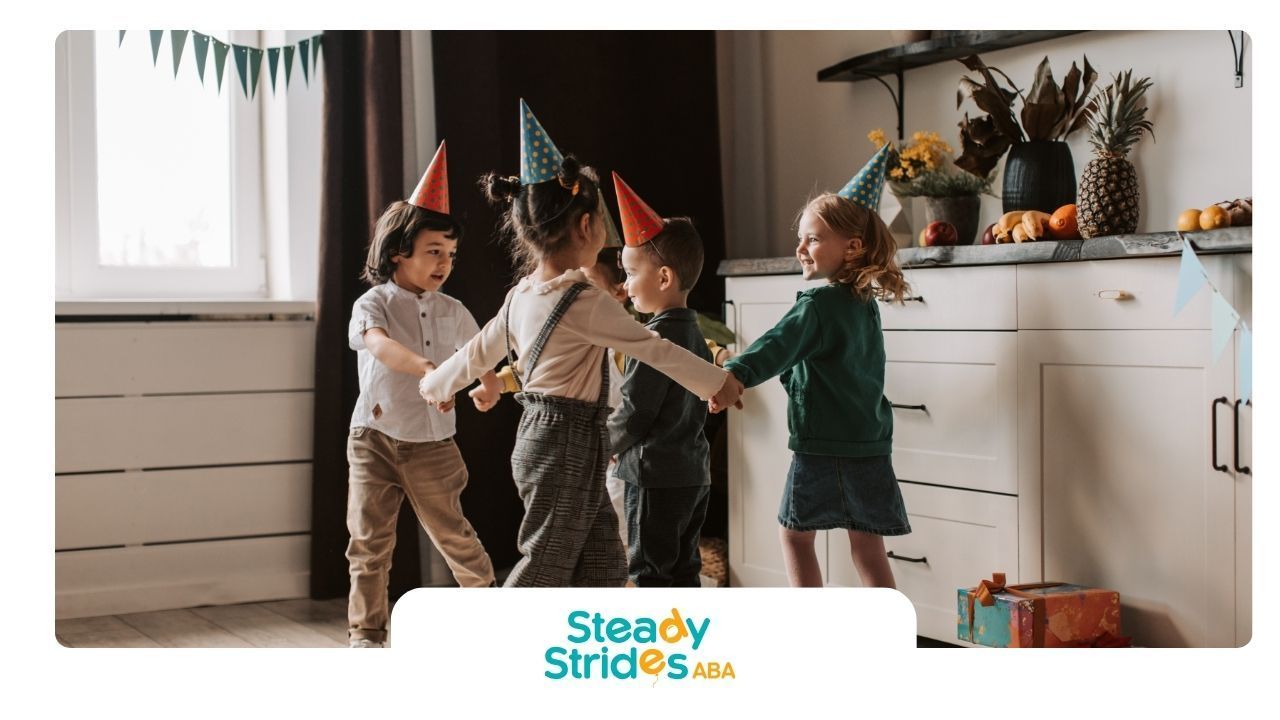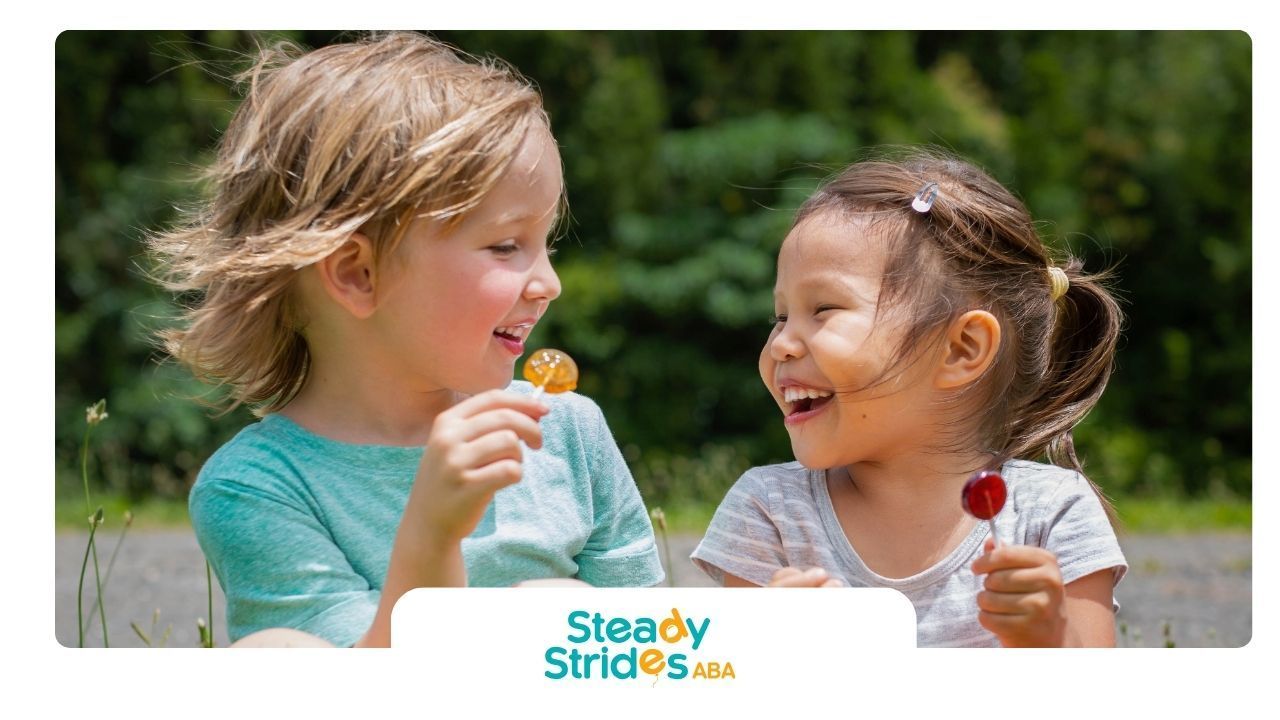This is a subtitle for your new post
When I first meet with families starting ABA therapy, one of the most tender and vulnerable questions I often hear is, "Will my child ever express emotions like other people? Will they cry when they're sad?"
I understand why this question feels so heavy. Crying, laughing, showing frustration—these are ways we connect with each other.
As a therapist who's worked with autistic children, teens, and adults, I want to share what I’ve learned:
Yes, autistic adults do cry. But the ways they experience and express their emotions can sometimes look different from what many expect.
Today, I want to walk you through what emotional expression can look like for autistic adults, why it might appear differently, and how ABA therapy supports healthy emotional growth.
Understanding Emotional Expression in Autism
Emotions Are Felt Deeply—Even If They're Expressed Differently
One important thing to remember is that autism doesn't prevent someone from feeling emotions. In fact, many autistic individuals experience emotions just as deeply, if not more intensely, than their neurotypical peers.
However, how those emotions are recognized, processed, and communicated can be very different.
Some reasons why emotional expression might look different include:
- Differences in communication skills: Difficulty finding the words to explain what they're feeling.
- Sensory processing differences: Overwhelming sensory input can make emotions harder to sort through.
- Social interpretation differences: Misreading social cues about when and how to express emotions.
Crying Can Happen—But It May Be Misunderstood
Many autistic adults do cry when they are sad, overwhelmed, frustrated, or even joyful. But sometimes, crying might be:
- Quieter, with fewer visible tears
- Accompanied by behaviors like pacing, humming, or repetitive motions
- Triggered by sensory overload rather than traditional emotional cues
- Delayed—tears might come hours after the emotional event
These differences don’t mean the feelings are any less real. They just remind us to look a little closer and listen a little harder.
Common Myths About Autism and Emotions
I often hear a few common misconceptions from well-meaning parents and even professionals. Let’s clear them up:
Myth 1: "Autistic people don’t feel emotions."
Truth: Autistic individuals feel the full range of emotions. Some may even be more sensitive to emotional experiences but have trouble expressing them conventionally.
Myth 2: "If they aren’t crying, they aren't sad."
Truth: Emotional expressions vary. An autistic adult might internalize sadness, express it through a shutdown, or use a coping mechanism that doesn't involve tears.
Myth 3: "Autistic emotions are less ‘real’ because they're different."
Truth: The emotions are real, valid, and deeply important—whether or not they look like what you're used to seeing.
How ABA Therapy Helps Autistic Individuals Navigate Emotions
At Steady Strides ABA, supporting emotional development is woven into everything we do. ABA therapy can be a powerful tool for helping autistic individuals understand, communicate, and cope with emotions.
Here's how we help:
- Teaching emotional literacy: We help individuals recognize and label their feelings with words, visuals, or other tools.
- Building coping strategies: We teach skills like deep breathing, seeking support, or using sensory tools when emotions feel overwhelming.
- Practicing emotional expression: Through role-playing, modeling, and reinforcement, we help practice ways to safely and effectively express emotions.
Every strategy is personalized, because no two people (autistic or not) experience emotions exactly the same way.
Signs Your Autistic Loved One Might Be Experiencing Strong Emotions
Crying isn't the only sign of sadness—or any other feeling. Some things to watch for include:
- Changes in tone of voice or speech patterns
- Shifts in body language (rocking, fidgeting, pacing)
- Withdrawn behavior or avoiding eye contact
- Repetitive phrases or behaviors increasing
- Seeking comfort items like weighted blankets or favorite toys
These signs are important "emotional clues" that can guide how we respond with support and compassion.
Why Recognizing and Validating Emotions Matters
When we recognize and validate an autistic person’s emotions—even when they don’t look "typical"—we are saying:
- Your feelings matter.
- You are understood.
- You are supported.
This builds emotional resilience, trust, and a stronger foundation for mental health long-term.
FAQs
Do autistic adults experience emotions the same way as neurotypical adults?
They experience emotions just as deeply but may process and express them differently because of neurological and sensory differences. Understanding and support are key.
What does it mean if an autistic adult doesn’t cry when upset?
It may mean they express sadness differently, not that they aren't feeling it. They might show their emotions through behavior changes, shutdowns, or sensory-seeking behaviors.
Can ABA therapy help autistic adults with emotional regulation?
Absolutely. ABA therapy focuses not just on behavior but on emotional understanding, teaching communication strategies, coping skills, and ways to express feelings appropriately.
Sources:
- https://www.autistica.org.uk/what-is-autism/anxiety-and-autism-hub/alexithymia
- https://www.autistica.org.uk/what-is-autism/depression-and-autism
- https://www.leicspart.nhs.uk/autism-space/health-and-lifestyle/meltdowns-and-shutdowns/
- https://www.autismspeaks.org/blog/autism-emotional-regulation
- https://www.autismspeaks.org/blog/autistic-meltdown-adults













